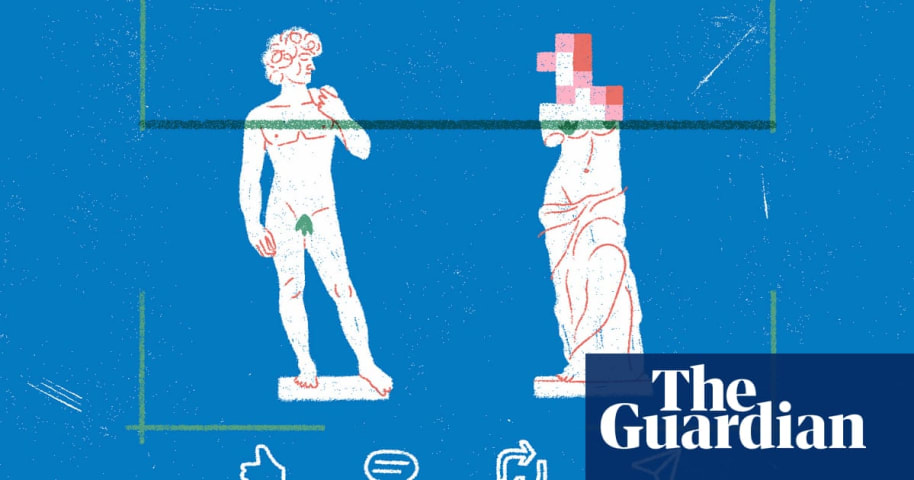Tools
Entities
View all entitiesIncident Stats
Risk Subdomain
1.1. Unfair discrimination and misrepresentation
Risk Domain
- Discrimination and Toxicity
Entity
AI
Timing
Post-deployment
Intent
Unintentional
Incident Reports
Reports Timeline
.jpg)
An investigation into the 'raciest' clothing from different fashion brands has highlighted the fact that Google uses software to rate imagery as part of a 'safe search' tool and scores clothing based on how 'skimpy or sheer' it is.
Google's…

Images posted on social media are analyzed by artificial intelligence (AI) algorithms that decide what to amplify and what to suppress. Many of these algorithms, a Guardian investigation has found, have a gender bias, and may have been cens…

Many social media platforms such as Instagram and LinkedIn use content moderation systems to suppress images that are sexually explicit or deemed inappropriate for viewers.
But what happens when these systems block images that are not at a…
Variants
Similar Incidents
Did our AI mess up? Flag the unrelated incidents

Gender Biases of Google Image Search

Biased Google Image Results
Similar Incidents
Did our AI mess up? Flag the unrelated incidents

Gender Biases of Google Image Search

.jpg)


